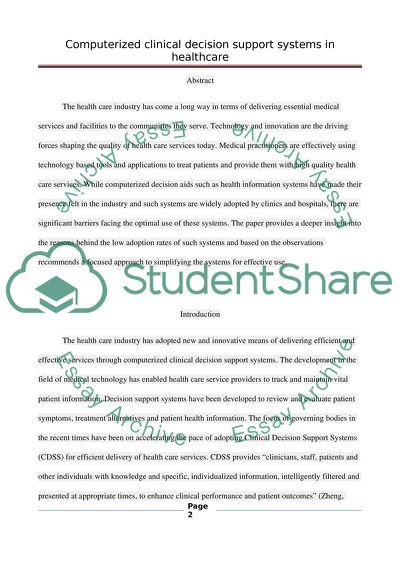Cite this document
(“Computerized Clinical Decision Support Systems in Healthcare: Pros, Research Paper”, n.d.)
Retrieved from https://studentshare.org/information-technology/1459024-computerized-clinical-decision-support-systems-in
Retrieved from https://studentshare.org/information-technology/1459024-computerized-clinical-decision-support-systems-in
(Computerized Clinical Decision Support Systems in Healthcare: Pros, Research Paper)
https://studentshare.org/information-technology/1459024-computerized-clinical-decision-support-systems-in.
https://studentshare.org/information-technology/1459024-computerized-clinical-decision-support-systems-in.
“Computerized Clinical Decision Support Systems in Healthcare: Pros, Research Paper”, n.d. https://studentshare.org/information-technology/1459024-computerized-clinical-decision-support-systems-in.


